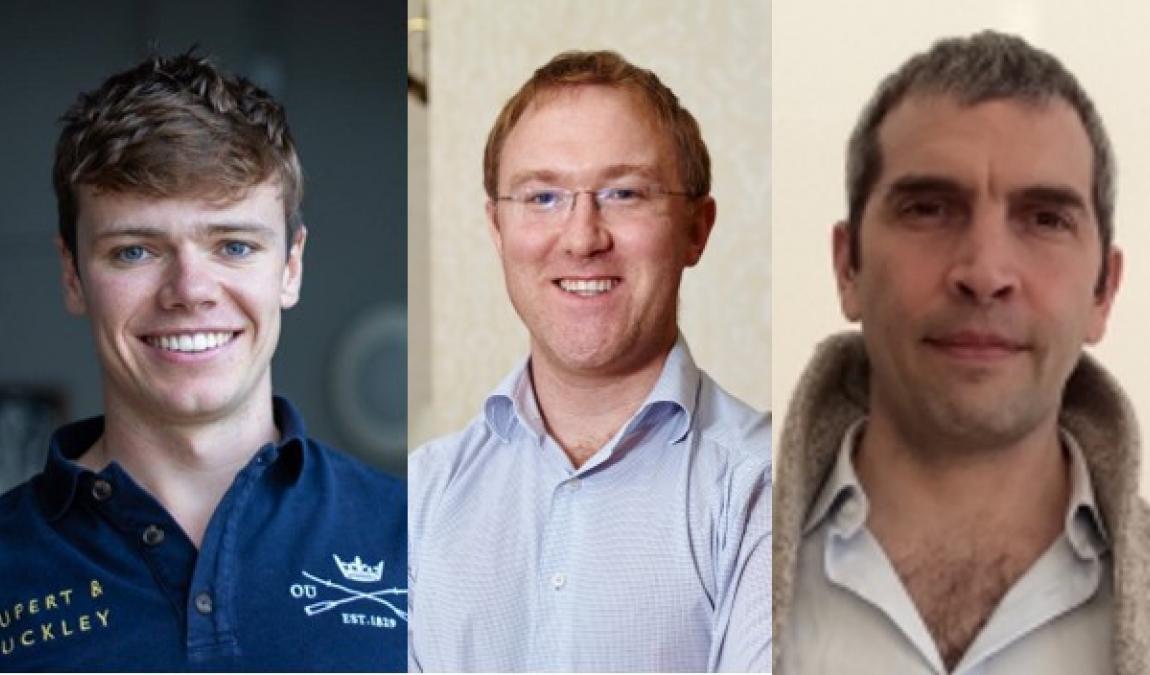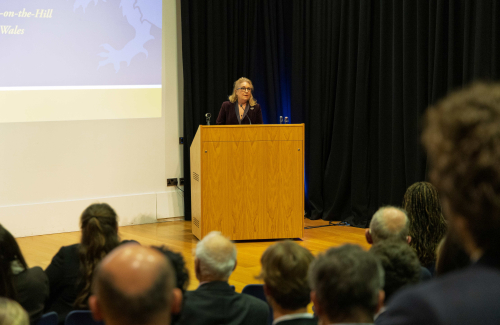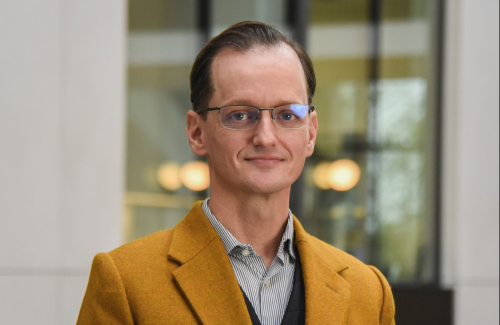More Pembroke news
Pembroke Chemists publish research on COVID spike protein
NEWS |
MCR student Charlie Buchanan (2018, DPhil Theoretical and Physical Chemistry) and tutors Professor Andy Baldwin and Professor Ben Davis have co-published new research on SARS-CoV-2 alongside a large collaboration of (close to) thirty authors. This research paper seeks to determine how sugars that we have naturally on the surface of our cells influence the virus.
The paper, titled ‘Cryptic SARS-CoV2-spike-with-sugar interactions revealed by ‘universal’ saturation transfer analysis’ was published in the bioRxiv journal in mid-April, following over a year of research. It sought to build on research that suggested a link between the presence of certain sugars on human cells and the intensity of the disease, research that Professor Ben Davis had started to explore last year.
The research highlighted medical data that shows patients with more sugars on the surfaces of their cells tended to have the worst outcomes having caught the original ‘Wuhan’ strain of COVID19. The authors were able to determine the structure of the interaction between the sugars and the 'spike’ protein displayed on the surface of the virons. Furthermore, the sugar binding was drastically altered in the ‘South Africa’ and ‘Kent’ variants of the virus which is in keeping with their drastically altered infectivity rate.
As the changing of sugar binding coincided with the changing characteristics of how the virus behaves, it was theorised by the team that the disappearance of sugar binding in variants may possibly be linked to the increased infectivity and transmissibility of the virus. Discovered using Nuclear Magnetic Resonance technology, the researchers believe that exploration of this hypothesis could help expand our understanding of SARS-CoV2, particularly new variants.
The research paper became Charlie’s first ever scientific pre-print. He reflected on the work that had gone into the paper over the past year, commenting; “Pulling everything together for this paper has been both challenging and hugely enjoyable. It was great to be part of such a talented inter-disciplinary team deciphering this intriguing interaction and contributing to the pool of knowledge around SARS-CoV-2 pathogenesis.”


